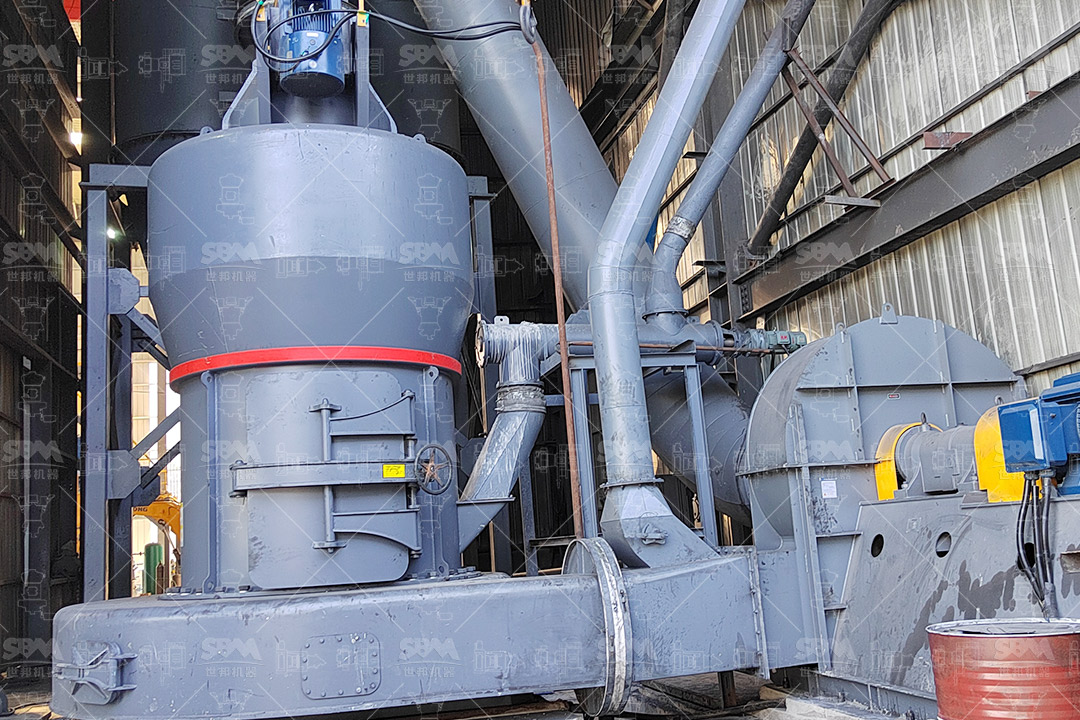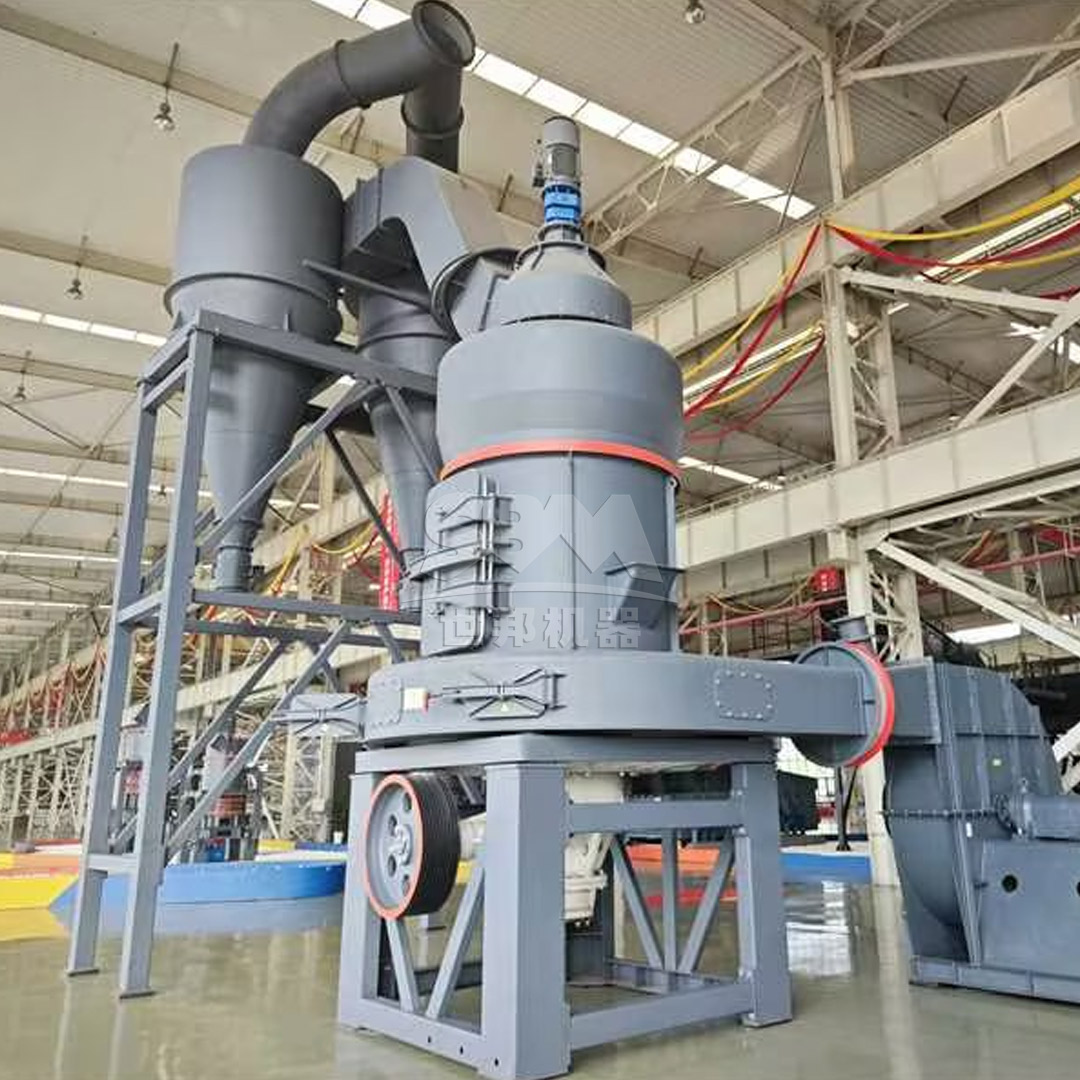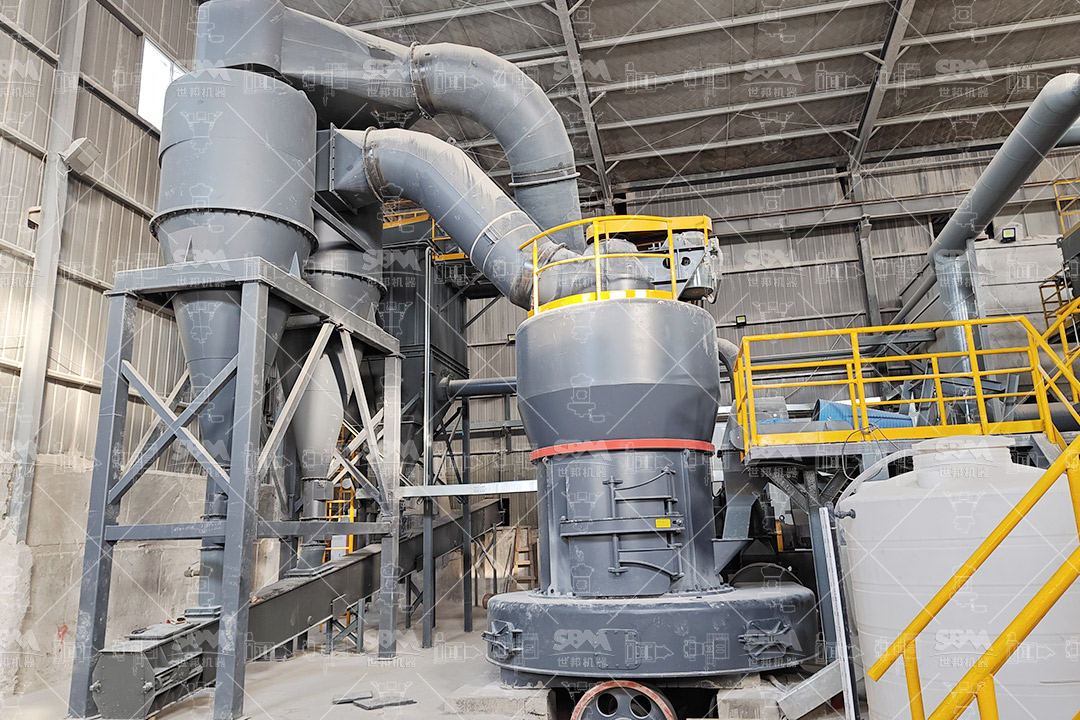Graphite plays a crucial role in modern brake lining and pad manufacturing, serving as a key component that enhances performance, durability, and safety. As a solid lubricant, graphite reduces friction between brake components while maintaining consistent braking performance under various temperature conditions. The quality of graphite powder directly impacts the final brake product’s characteristics, making the selection of appropriate grinding equipment paramount to manufacturing success.
In brake systems, graphite functions as a friction modifier that helps stabilize the coefficient of friction across different operating temperatures. It also contributes to noise reduction by dampening vibrations and preventing brake squeal. The particle size distribution, purity, and morphological characteristics of graphite powder significantly influence these performance attributes, underscoring the importance of precision grinding technology in the production process.

Brake manufacturing demands graphite powder with specific characteristics that can only be achieved through advanced grinding technology. The ideal graphite for brake applications should exhibit:
These requirements necessitate grinding equipment capable of producing precisely controlled particle sizes while maintaining material integrity throughout the process. The grinding system must also ensure consistent output quality batch after batch, as variations in graphite properties can lead to inconsistent brake performance.
The transformation of raw graphite into functional brake component material involves sophisticated grinding processes that have evolved significantly over recent decades. Modern graphite grinding for brake applications employs several technological approaches, each with distinct advantages for specific production requirements.
Graphite grinding operates on principles of compression, impact, and attrition. The unique layered structure of graphite crystals presents both challenges and opportunities in grinding processes. Effective graphite milling must separate these layers while minimizing particle deformation that could compromise the material’s lubricating properties.
The grinding mechanism selection depends on the desired final particle characteristics. For brake applications, where both lubricating properties and structural integrity are crucial, controlled compression grinding often yields superior results compared to pure impact milling. This approach preserves the crystalline structure while achieving the necessary fineness for uniform dispersion in brake compound formulations.
Advanced classification systems represent a critical component in graphite grinding for brake applications. The ability to precisely separate particles by size ensures consistent quality in the final product. Modern grinding mills incorporate sophisticated air classification technology that enables real-time adjustment of particle size distribution without stopping the production process.
For brake manufacturing, where specific particle size ranges optimize different performance characteristics, the classification system must provide sharp cuts with minimal misplaced particles. This precision ensures that the graphite powder enhances both the friction characteristics and thermal management properties of the brake lining material.

Based on extensive industry experience and technical requirements for brake component production, specific grinding equipment configurations deliver optimal results for graphite processing. The following systems represent the current state-of-the-art in graphite grinding technology for brake applications.
For brake manufacturers requiring the highest level of precision in graphite particle size control, the SCM Ultrafine Mill stands as an industry benchmark. This system delivers exceptional performance characteristics specifically suited to brake lining production:
| Parameter | Specification | Benefit for Brake Manufacturing |
|---|---|---|
| Input Size | ≤20mm | Handles various graphite feed stocks |
| Output Fineness | 325-2500 mesh (D97≤5μm) | Precise control for optimal brake performance |
| Processing Capacity | 0.5-25 ton/h | Scalable for different production volumes |
| Energy Efficiency | 30% reduction vs. conventional mills | Lower operating costs |
The SCM series incorporates vertical turbine classification technology that enables precise particle size cuts without coarse powder contamination. This ensures consistent graphite quality that translates to predictable brake performance. The mill’s intelligent control system automatically maintains target particle size distribution through real-time feedback mechanisms, crucial for maintaining quality in high-volume brake manufacturing.
For brake applications requiring ultra-fine graphite (particularly in high-performance automotive and aerospace sectors), the SCM1680 model with its 315kW main motor and 5.0-25 ton/h capacity provides the production scale needed while maintaining precise particle control. The system’s special material rollers and grinding rings extend operational life significantly, reducing maintenance downtime in continuous production environments.
When production scale and operational efficiency take priority alongside quality requirements, the MTW Series Trapezium Mill offers an optimal solution for graphite processing in brake manufacturing. This system combines robust construction with advanced technological features:
| Feature | Advantage | Impact on Brake Production |
|---|---|---|
| Anti-wear Shovel Design | Reduced maintenance costs | Consistent operation in 24/7 production |
| Curved Air Channel | Improved transmission efficiency | Lower energy consumption per ton |
| Integrated Bevel Gear | 98% transmission efficiency | Reliable performance under varying loads |
| Wear-resistant Volute | 30% lower maintenance costs | Reduced operational expenses |
The MTW215G model, with its 280kW main motor and 15-45 ton/h processing capacity, serves large-scale brake manufacturing facilities requiring consistent graphite supply. The mill’s conical gear transmission system ensures smooth operation with minimal vibration, contributing to consistent particle morphology in the final product. For brake formulations requiring specific graphite characteristics across different product lines, the MTW series’ adjustable fineness from 30-325 mesh provides the flexibility needed to optimize various brake compound formulations.
Graphite grinding for brake components presents unique technical challenges that require specialized solutions. Understanding these considerations ensures optimal equipment selection and process configuration.
Brake formulations benefit from specific particle size distributions that balance multiple performance characteristics. Fine particles (below 10μm) enhance the lubricating properties and reduce noise, while slightly larger particles (10-45μm) contribute to structural integrity and thermal conductivity. Advanced grinding systems must therefore provide not just controlled maximum particle size, but optimized distribution curves.
The SCM Ultrafine Mill’s precision classification system enables manufacturers to target specific distribution profiles that enhance particular brake performance attributes. This capability becomes particularly valuable when developing specialized brake formulations for specific applications such as high-performance automotive, commercial vehicle, or industrial braking systems.
Brake component manufacturing demands exceptionally low contamination levels in graphite powder. Metallic impurities can compromise friction characteristics and accelerate wear in brake systems. Modern grinding mills address this challenge through several mechanisms:
The MTW Series incorporates these features as standard, ensuring that graphite purity meets the stringent requirements of brake manufacturers. The system’s curved air channel design minimizes turbulence that could introduce external contaminants while the wear-resistant components prevent material contamination from the grinding process itself.

Graphite’s thermal properties make it susceptible to oxidation at elevated temperatures, which can compromise its performance in brake applications. Effective grinding systems must therefore manage process temperatures to preserve material integrity. Both the SCM and MTW series incorporate cooling mechanisms and process controls that maintain optimal operating temperatures throughout the grinding process.
The SCM Ultrafine Mill’s intelligent control system monitors temperature parameters and adjusts operational parameters to prevent thermal degradation. Similarly, the MTW Series’ efficient air flow design facilitates heat dissipation, ensuring that graphite lubricating properties remain intact through the grinding process.
Beyond technical performance, economic factors significantly influence grinding equipment selection for brake manufacturing applications. Modern grinding systems must deliver not only quality output but operational efficiency that supports competitive manufacturing.
Grinding represents a significant portion of energy consumption in brake component manufacturing. Advanced mills address this challenge through multiple efficiency enhancements. The SCM Ultrafine Mill demonstrates 30% lower energy consumption compared to conventional jet mills while delivering twice the output capacity. This efficiency translates directly to reduced operating costs and environmental impact.
The MTW Series further enhances efficiency through its integrated bevel gear transmission system achieving 98% efficiency, significantly higher than conventional separated gearbox designs. This mechanical efficiency, combined with optimized air flow dynamics, minimizes energy waste while maintaining production quality.
Brake manufacturing typically operates on continuous or high-uptime schedules where equipment reliability directly impacts production output. Both recommended grinding systems incorporate design features that enhance operational reliability and simplify maintenance:
The SCM series’ bearing-free screw grinding chamber design eliminates a common failure point in conventional mills, while the MTW series’ combined shovel design extends service intervals. These features ensure consistent graphite supply for uninterrupted brake production.
The evolving demands of brake technology continue to drive innovations in graphite grinding processes. Several emerging trends will likely shape future equipment development and selection criteria.
Smart manufacturing initiatives are transforming graphite grinding operations through enhanced data collection, analysis, and process optimization. Modern grinding systems increasingly incorporate IoT connectivity that enables real-time performance monitoring and predictive maintenance scheduling. These capabilities become particularly valuable in brake manufacturing where consistent material quality directly impacts product safety and performance.
The SCM Ultrafine Mill’s intelligent control system represents an early implementation of these principles, with capabilities for remote monitoring and adjustment of operational parameters. Future developments will likely expand these capabilities toward fully autonomous operation with self-optimizing grinding parameters based on real-time quality feedback.
Increasing environmental regulations and sustainability initiatives influence graphite grinding equipment selection. Modern systems address these concerns through multiple approaches:
Both recommended grinding systems incorporate advanced pulse dust collection technology with efficiency exceeding 99.9%, ensuring compliance with increasingly stringent workplace and environmental standards. As regulations continue to evolve, this compliance capability becomes a critical selection criterion alongside technical performance.
Graphite grinding represents a critical process in brake lining and pad manufacturing, with equipment selection directly influencing final product performance, manufacturing efficiency, and operational costs. The SCM Ultrafine Mill and MTW Series Trapezium Mill provide complementary solutions addressing different priorities within brake manufacturing operations.
For applications demanding the finest particle control and highest purity, particularly in high-performance brake systems, the SCM series delivers unparalleled precision with its advanced classification technology and intelligent control systems. For high-volume production environments where operational efficiency and reliability are paramount, the MTW series offers robust performance with exceptional energy efficiency and minimal maintenance requirements.
As brake technology continues to evolve toward higher performance standards and increased specialization, the role of precision graphite grinding will only grow in importance. Selecting appropriate grinding technology today positions brake manufacturers to meet tomorrow’s challenges while maintaining competitiveness in an increasingly demanding market.